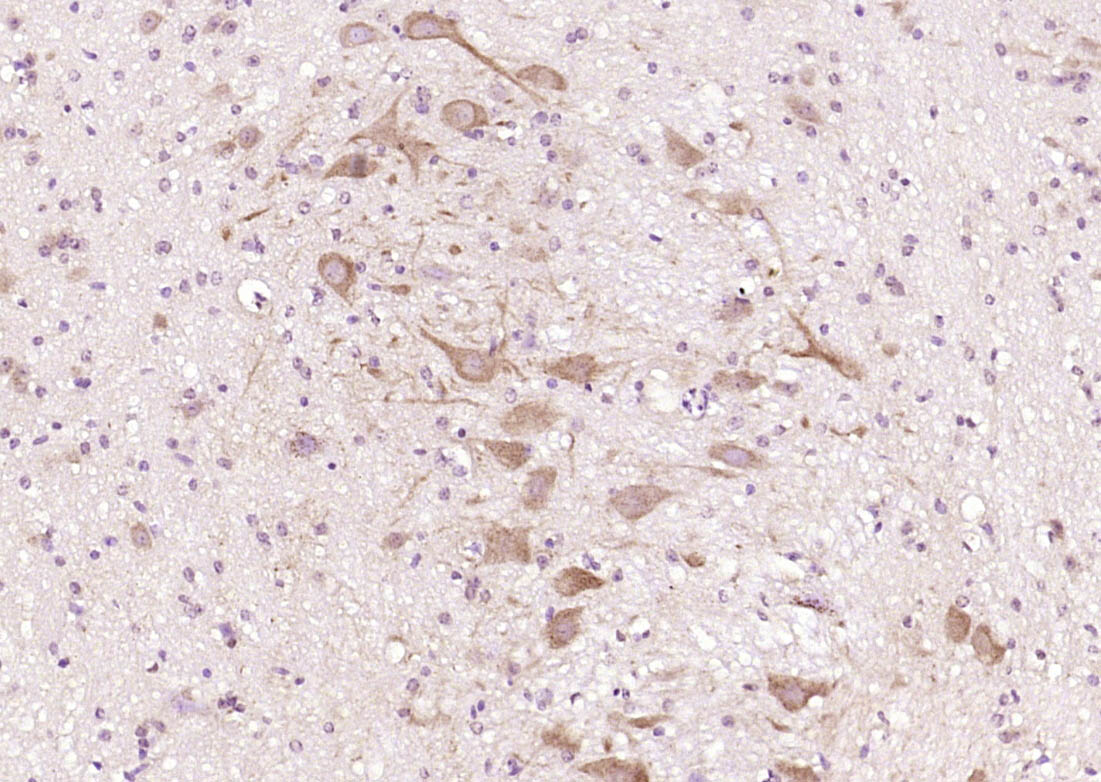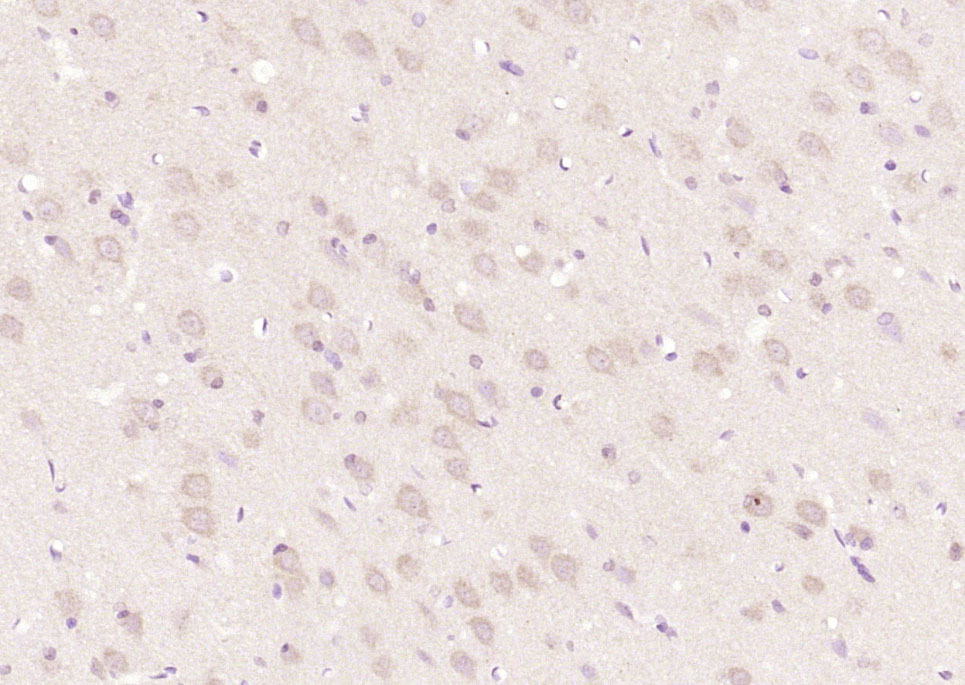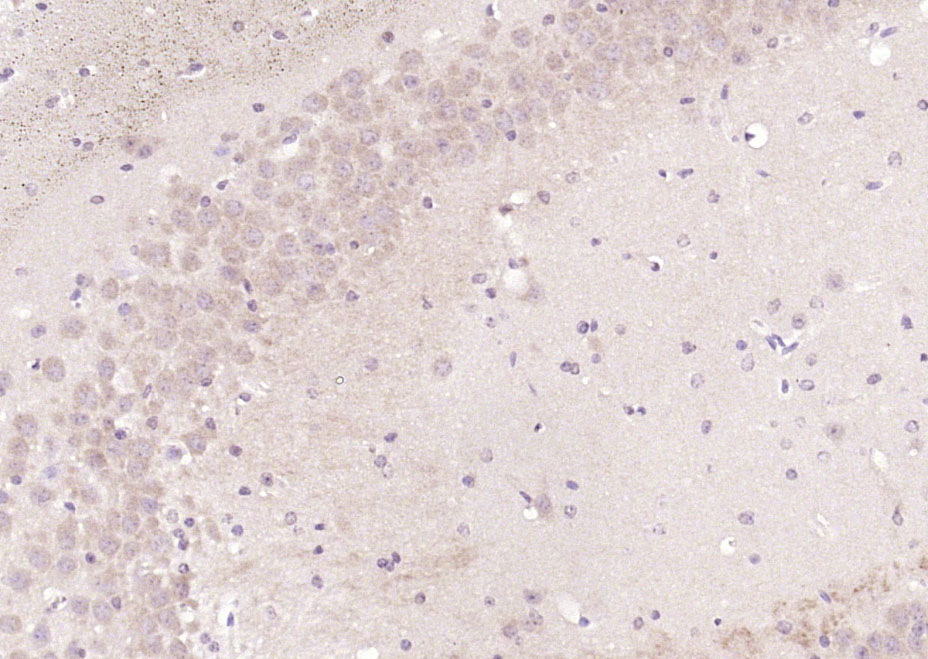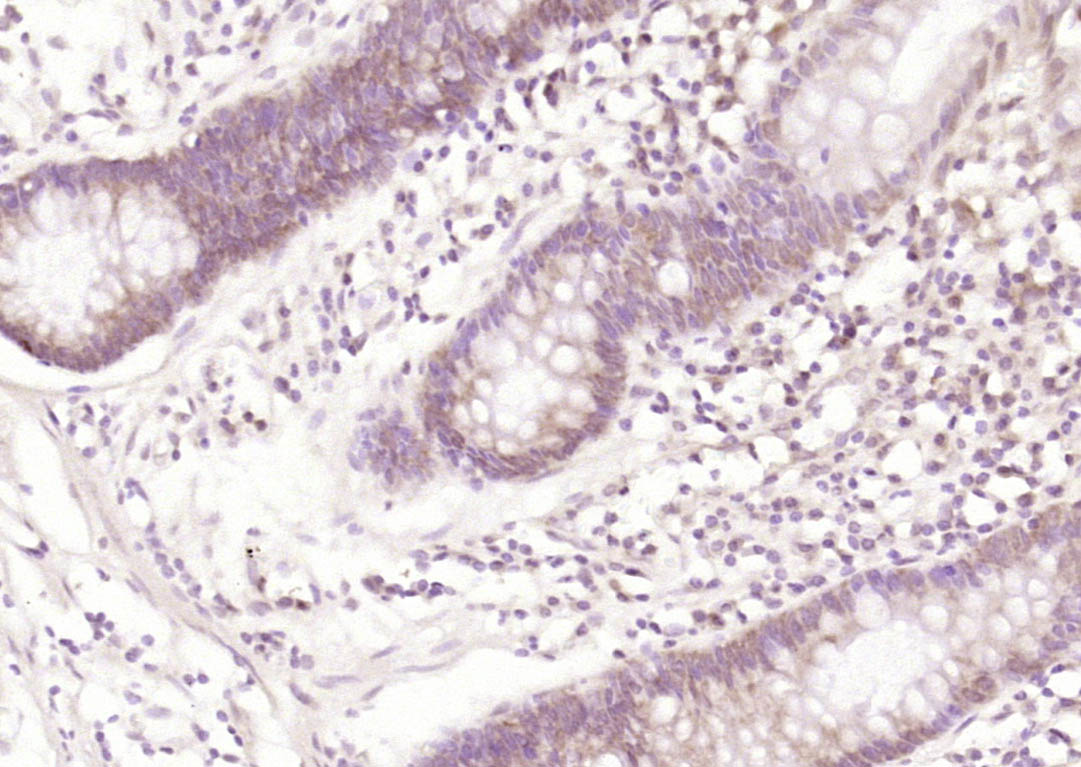sales@bioss.com.cn
techsupport@bioss.com.cn
400-901-9800
Host: Rabbit
Target Protein: CTNND2/delta 2 Catenin Rabbit pAb
IR: Immunogen Range:111-210/1225
Clonality: Polyclonal
Isotype: IgG
Entrez Gene: 1501
Swiss Prot: Q9UQB3
Source: KLH conjugated synthetic peptide derived from human CTNND2/delta 2 Catenin:111-210/1225
Purification: affinity purified by Protein A
Storage: 0.01M TBS (pH7.4) with 1% BSA, 0.02% Proclin300 and 50% Glycerol. Shipped at 4℃. Store at -20℃ for one year. Avoid repeated freeze/thaw cycles.
Background: The Alpha-, Beta-, Gamma-, and Delta -catenins are proteins that bind to the highly conserved, intracellular cytoplasmic tail of E-cadherin. Together, the catenin/cadherin complexes play an important role mediating cellular adhesion. Alpha-catenin interacts with E-cadherin associated protein and also associates with other members of the cadherin family, such as N-cadherin and P-cadherin. Beta-catenin associates with the cytoplasmic portion of E-cadherin, which is necessary for the function of E-cadherin as an adhesion molecule. Beta-catenin also complexes with the tumor suppressor protein APC. Gamma-catenin, also known as plakoglobin, is a protein that binds ?catenin and N-cadherin. Gamma-catenin interacts with presenilin 1 and is expressed in the brain. The gene encoding Gamma-catenin maps to human chromosome 5p15.2. A hemizygous loss of the gene encoding Gamma-catenin leads to the mental retardation associated with Cri-du-Chat syndrome. In addition, the transmembrane phosphatase PTPm associates with catenin/ cadherin complexes and may regulate complex signaling.
Size: 50ul
Concentration: 1mg/ml
Applications: IHC-P=1:100-500,IHC-F=1:100-500,IF=1:100-500
Cross Reactive Species: Human,Mouse,Rat (predicted: Pig,Sheep,Cow,Dog)
For research use only. Not intended for diagnostic or therapeutic use.



